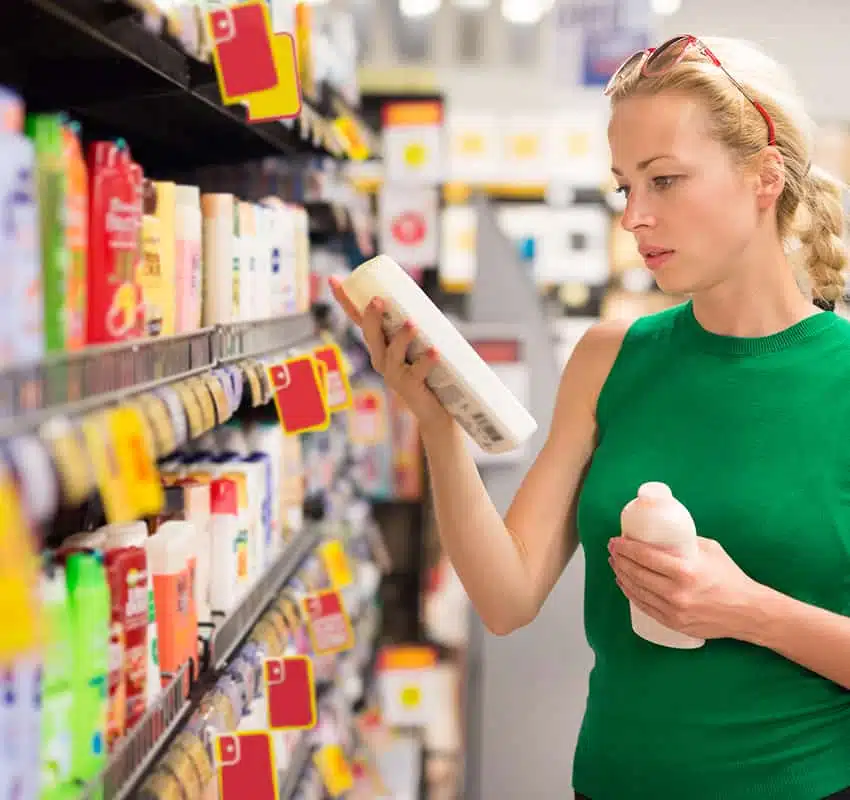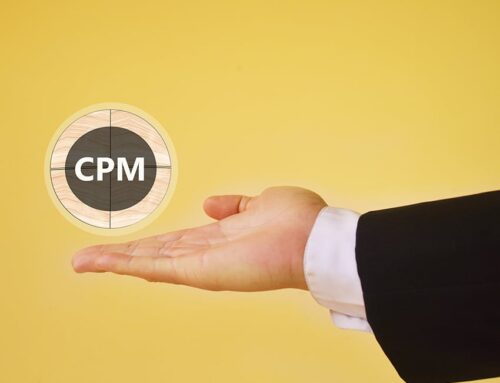CPG Marketing
CPG marketing and online advertising is a major way to promote your brand. If you’re an advertiser looking for fresh and lucrative ways to establish your CPG brand in a marketing campaign, CPG marketing may be the best solution for you.
In this guide, we’re going to establish everything you need to know about CPG advertising, from what it is to how your brand can take advantage of it.
What is CPG Marketing?
Well, What is CPG marketing? CPG marketing, also known as “Consumer Packaged Goods Marketing,” is a specific method for advertising perishable consumer goods. The actions and strategies used to increase brand awareness, brand affinity, and customer loyalty for a company’s CPG are referred to as CPG marketing. CPG marketing can include both “always on” programmes or individual campaigns that may use online or offline marketing strategies (such as display advertising for internet marketing and billboard ads for offline marketing, respectively). Marketing teams use data analytics to study consumer behavior. They analyze consumer behavior and do their digital marketing.
CPG marketing vs advertising is extremely important because pretty much every consumer around uses CPG on a regular basis. Everyone consumes food daily and uses daily cleaning or body care products, at the very least. Because of this, the CPG market and its niche industries are extremely competitive when it comes to advertising space. CPG marketing needs special care from publishing professionals like Gourmet Ads to make a dent in the plethora of online ads that are out there.
Despite the CPG industry’s tendency to go through dips and raises over time, the CPG industry is still one of the most massive sectors in the United States as well as the rest of the world. One can look at very established brands such as Pepsi and Dove and recognize that they probably aren’t going anywhere, at least not anytime soon. And neither is the CPG industry as a whole. Although CPG brands generally enjoy substantial margins and large balance sheets, CPG brands must constantly fight for shelf space in grocery stores, supermarkets, and restaurants. Especially if those brands are smaller in size. CPG brands must also constantly invest in advertising and marketing in order to increase their overall brand presence and recognition.
Why is CPG Marketing Digitally or Online So Useful?
CPG and online advertising are far from mutually exclusive. In fact, online advertising is the biggest aspect of CPG marketing. Online advertising is becoming the standard method for marketing in all industries, and CPG are no exception to this trend. If a CPG brand decides to settle for more traditional methods of advertising, they may be left behind in this ultra-competitive industry because online advertising is only continuing to grow in popularity and effectiveness.
Your marketing efforts must be in line with consumer behaviour if your CPG marketing plan is to support organic growth. By doing this across many media, you may create a powerful, long-lasting marketing engine. In order to fulfil rapidly changing demands, comprehend shifting consumer expectations, and remain relevant in a world where people are busy in their work, CPG businesses must adopt new advertising techniques.
While CPG have usually been sold in traditional physical spaces, consumers are turning to online retailers more and more every year. Purchasing goods by simply pointing and clicking is easier than making a trip to the store, and consumers can receive a text message or email confirmations that their delivery is on the way. Technology is starting to become the sole way CPG are sold. Meal memberships, food delivery services like Amazon Prime, and variety snack boxes are becoming more popular and a majority of these services and products are being advertised online. Brand awareness through CPG marketing online is now a critical move to make.
CPG companies often handle two major difficulties with their marketing strategies. The first is differentiating yourself in a crowded, cutthroat market, and the second is generating interest in brand-new goods. These campaigns are increasingly taking place on virtual battlefields. It has never been more important for a CPG marketing strategy to tackle content and competition in novel ways to drive new demand than it is now, in the aftermath of the pandemic. CPG marketing strategies distinguishes the CPG marketers and help in consumer engagement.
Companies will need to take a number of actions in order to succeed in the upcoming CPG marketing age. Create a consumer intelligence engine driven by AI that is constantly updated and that can forecast demand by ingesting enough signals and data points. Then, propose high-value activities using powerful analytics and marketing technologies. Then, learnings from hundreds of tests every week must be incorporated back into this engine, facilitating quick decision-making and guiding modifications to brand planning, spend allocation, tent-pole campaigns, and always-on activation. To achieve full scale effect, all of this will require new kinds of marketing minds, more data and technological capabilities, an enterprise-wide adoption of a quick, agile, test-and-learn approach, and modifications to the operational model of the marketing organisation.
CPGs have the potential to transform a sea of information into more targeted and useful insights rather than merely targeting as many individuals in a specific demographic as feasible. The contemporary marketer is also better equipped than ever to target specific consumers and contact them at different stages of their lives. Uncovering hidden pockets of growth within thousands of audiences may be done by scaling this “smart reach” strategy extensively across marketing activities. Consumer behaviour can be efficiently analyzed through CPG marketing efforts.
CPG marketing activities are classified into two types: paid and organic. The CPG marketer spends funds with one or more vendors or partners in a sponsored project. Online advertising, sponsored search (also known as PPC), billboard advertising, and paid social media marketing are all instances of paid marketing. Organic CPG marketing entails non-monetary actions. Content marketing, organic social media postings, and email marketing are a few examples.
What does CPG Stand for in Marketing?
CPG refers to items that are consumed or used on a regular, usually daily basis by consumers. These products require consistent and constant replacement and replenishment. Common CPG include:
- Food products
- Drinks and beverages
- Clothing items
- Alcohol
- Cosmetics, beauty products, and skincare products
- Various other household products.
Gourmet Ads is an excellent choice for CPG brands and manufacturers because we focus our advertising efforts on industries that produce CPG.
Reach Grocery buyers with CPG Marketing
Gourmet Ads has been serving the Consumer Packaged Goods since 2008. Our platform specializes in food and wine, as well as a variety of other types of consumer packaged goods. We have specific targeting options for reaching Grocery Buyers and Household Decion Markers. We understand the importance of properly advertising consumer packaged goods and how different the industry is compared to non-perishable products. We utilize vertical advertising for niche CPG products and ultra-efficient DSP advertising to deliver the best experience for our advertisers– as well as more leads and conversions for your brand.











